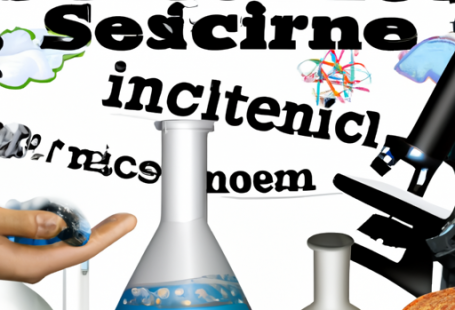Overview of Nanotechnology
Nanotechnology is the manipulation of matter on an atomic and molecular scale. It involves the use of extremely small materials, usually measuring between 1 and 100 nanometers (nm). These materials have unique physical and chemical properties which can be used to create new products and technologies.
Nanotechnology has the potential to revolutionize many areas, including materials science, medicine, energy production, and computing. It has already been used to create materials with improved strength and durability, nanoscale medical implants, and nanoscale sensors.
Potential Health and Environmental Risks
The use of nanomaterials has the potential to cause health and environmental risks. These risks stem from the fact that nanomaterials are so small that they can penetrate the human body and interact with the cells in unexpected ways. In addition, nanomaterials can be released into the environment, where they can accumulate in soils, rivers, and oceans.
The potential health risks of nanomaterials include toxicity, inflammation, and interference with vital bodily functions. Nanomaterials can also cause damage to the environment by damaging ecosystems and disrupting food chains.
Benefits of Nanotechnology
Despite the potential risks, nanotechnology also has the potential to bring many benefits. For example, nanomaterials can be used to create materials with enhanced properties, such as increased strength, improved electrical conductivity, better heat resistance, and improved wear resistance.
Nanomaterials can also be used to create medical implants with improved performance, nanoscale sensors that can detect and monitor disease, and devices that can deliver drugs directly to the site of an infection.
Regulations and Oversight
Given the potential risks associated with nanomaterials, it is important to ensure that they are used safely and responsibly. Governments around the world have implemented regulations to ensure that nanomaterials are used safely and do not harm human health or the environment.
In addition, there are a number of organizations, such as the International Council on Nanotechnology, that are working to develop standards and guidelines for the safe use of nanomaterials. These organizations are also monitoring the development of nanotechnology to ensure that the potential risks are addressed.
To conclude, nanotechnology has the potential to revolutionize many areas, but it is important to ensure that it is used safely and responsibly. Governments and organizations around the world are working to ensure that nanomaterials are used safely and do not harm human health or the environment.






